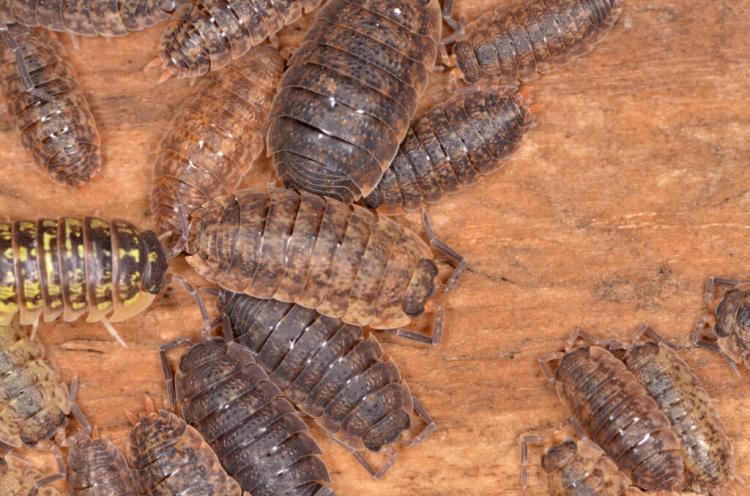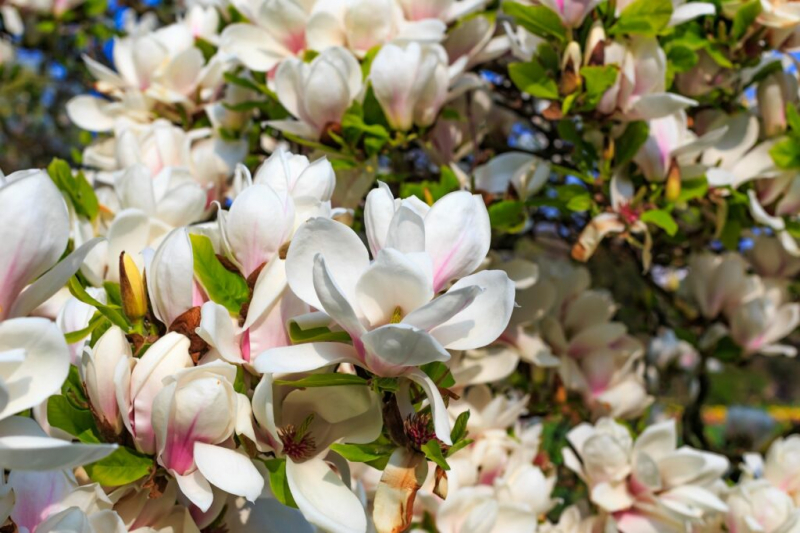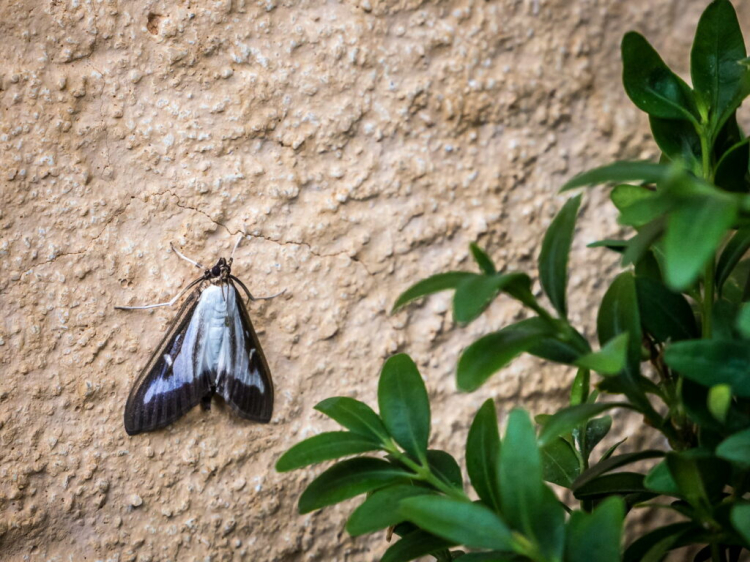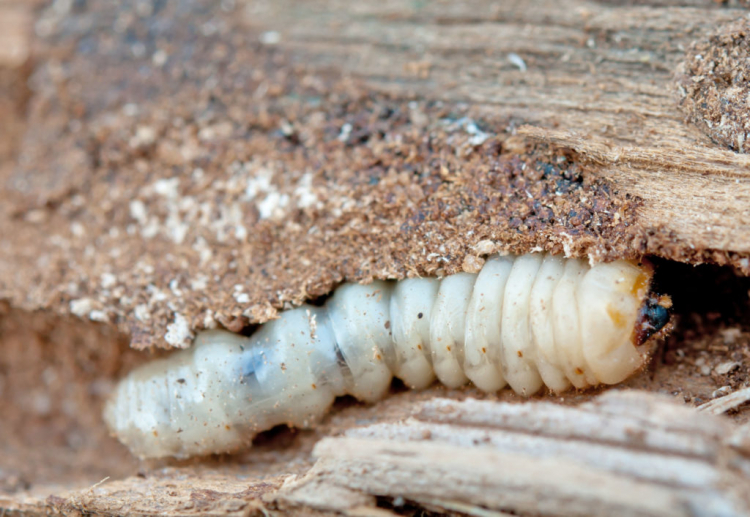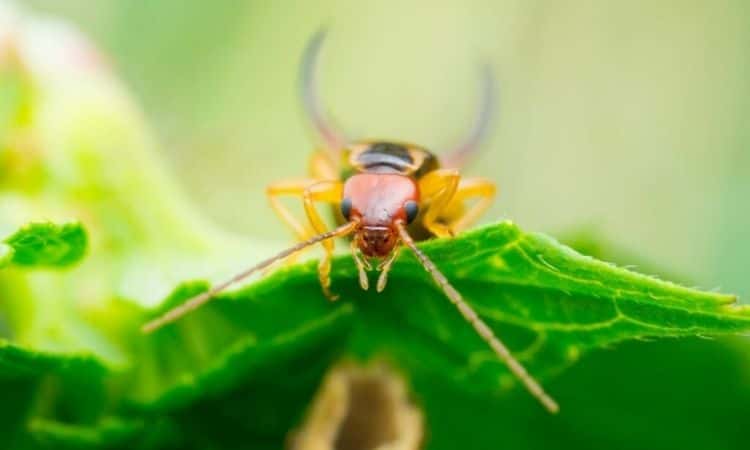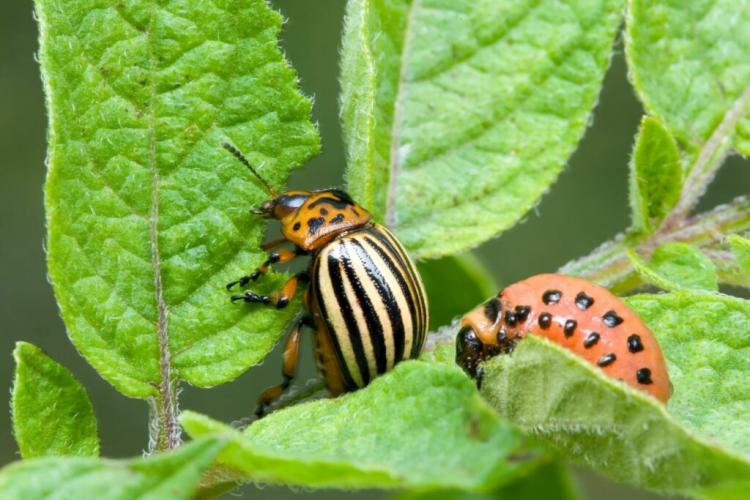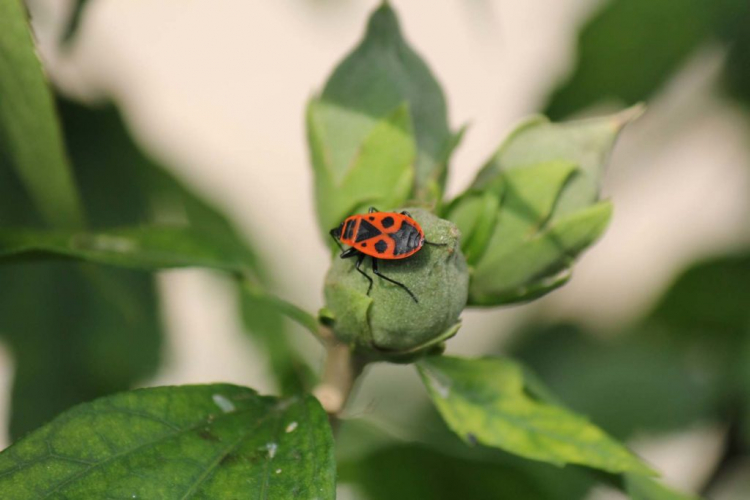Wood Lice: Useful Or Harmful?
Are woodlice welcome in the garden, raised bed, house, and apartment or should they be fought with poison and traps? Here you can find out everything about woodlice.
The cellar louse ( Porcellio scaber ) can be found in various dark and damp places, it hides under pots, stones, leaves, or in rotting wood. Some think the many pairs of legs and the crawling behavior may be repulsive. In the process, woodlice do a lot more for you than you do for woodlice. In some cases, however, they can also become a pest.
Woodlice: useful or harmful?
Table of Contents
We introduce you to the cellar louse, explain its way of life, its benefits, and the possible harmful effects. You can then find out more about fighting in the house and apartment.
What are woodlice?
Woodlice belong within the arthropods (arthropods) to the sub-tribe of the crustaceans (Crustacea). Their order is that of the common woodlice (Oniscidae), but the vast majority of other woodlice (Isopoda) populate the fresh, salt, and brackish water of our earth. The up to two centimeters large and dark gray-brownish colored woodlouse is somewhat more advanced in evolution, but its origin as a water dweller can still be recognized by its respiratory organs. Because the basement louse breathes on the one hand through protuberances on its hind legs, on the other hand through gills, which it has to keep moist at all times.
To do this, it depends on sufficient ambient humidity. This fact is exacerbated by the fact that woodlice cannot protect their chitin shell against evaporation with a layer of wax. In a dry environment, they simply dry out. Eggs and newly hatched larvae are even more dependent on moisture. They are located on the mother animal in a belly pouch filled with liquid. After 14 molts they can reproduce again. The life expectancy of a basement louse is around two years.
Habitat and nutrition of the basement louse
Without sufficient moisture, woodlice can breathe more poorly, dry out and their larvae and eggs die. The animals, therefore, hide during the day in the cellar, greenhouse, and garden under stones or flower pots. In the great outdoors, it is bushes or the litter layer in the forest under which the cellar louse makes itself comfortable. She always stays as close as possible to her food source.
Dead, already rotten plant material and wood as well as mushroom mesh are her absolute favorites. She is seldom or never interested in living plants. By crushing and digesting the dead plant parts, humus is formed and the nutrient elements contained are released and can be used again by plants. The woodlouse is therefore a beneficial insect and helps to close the nutrient and carbon cycle in nature. Apart from its activity as a destructor, the woodlouse is also part of the diet of larger animals such as shrews, hedgehogs, spiders, and birds.
Note: Woodlice ( Armadillidium Vulgare ) can curl up into a closed ball in the event of danger and protect against evaporation. They are adapted to somewhat drier habitats and their respiratory organs on the hind legs (tracheal organs) are more highly developed than those of basement woodlice.
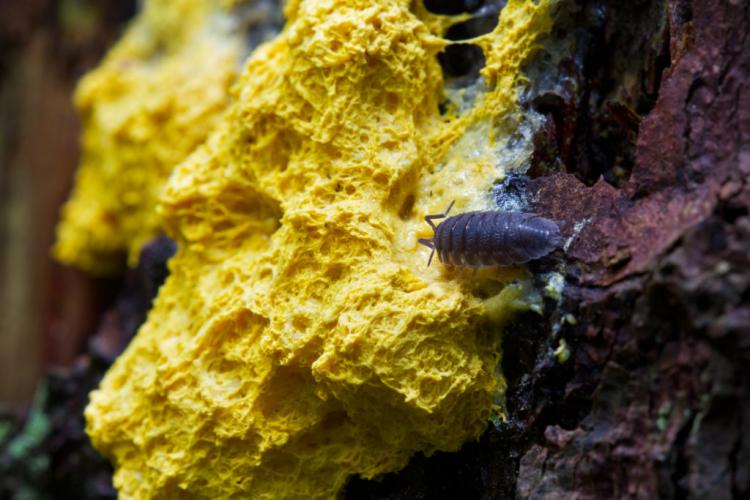
Cellar lobsters: useful helpers in the garden and raised bed
The louse is not only useful in the “wild”. Humus formation and nutrient release are of course also essential for every gardener. Even in the balcony box, a piece of paper now and then falls that needs to be digested and processed into soil and nutrients. In the vegetable patch, in the herbaceous border, under fruit trees, and in hedges, in the compost, in the flowerbed – the hard-working woodlice help us everywhere with their destructive activity. Because they are eaten by many larger garden dwellers themselves, their presence increases the chance of being able to observe hedgehogs, shrews, and Co. in your own garden.
Tip: Although some people feel disgusted with woodlice, they are not dangerous for us, because they do not transmit diseases to us humans and also not to plants. In theory, they can even be eaten safely and then apparently always taste exactly like the substrate on which they feed. This is only recommended for die-hard outdoorsmen because feeling their 14 legs on your tongue certainly takes getting used to.

Woodlice in the house and apartment
Basically, weeds have no place in our living spaces in the truest sense of the word. You will look in vain for the humidity of at least 70% and also rotting organic material in most apartments and houses. So if you have discovered cellar lobsters, you should check the affected room again.
Where do the cellar lobsters come from in the house and apartment?
- It is possible that a single woodlouse got into the house by accident. However, if they occur more frequently, you should investigate the reasons for their presence.
- Do you possibly store fruit or vegetables? Incorrect storage can easily lead to the formation of a humid environment, which lobsters like.
- Is there any biological waste in the room and is it accessible for cellar lobsters? Woodlice feel at home there too.
- Is the basement damp for other reasons? Damp laundry, stored fruit and vegetables, a defective dryer, and incorrect ventilation can be the cause. But leaky cellar walls or water damage are also possible.
- How did the woodlice find their way into the house? Check doors, windows, and house walls carefully and seal possible entrances with silicone, clay, plaster, or filler.
Tip: Apparently cellar lobsters love potatoes. You can take advantage of the woodlouse’s preference and use a rotten potato to build a trap. In this way, you can check how many woodlice are in the room. You can read how such a trap is made in this special article on home remedies for woodlice. If you find a lot of woodlice and then want to take immediate action against the population, we recommend our Gardender biological ant remedy.
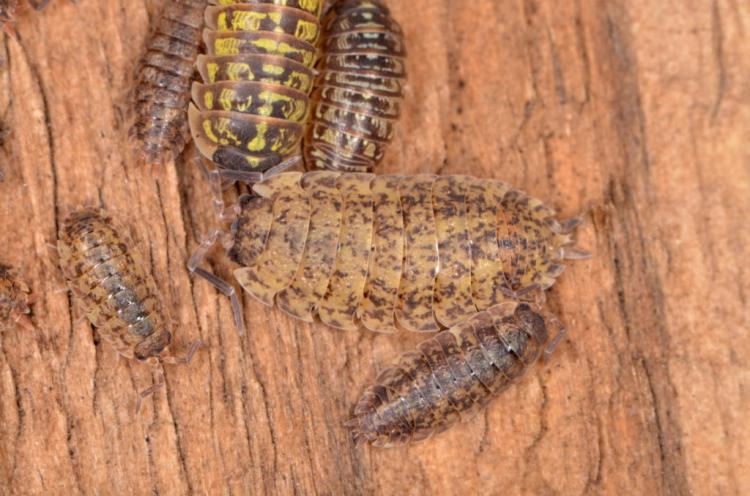
The basement louse as a warehouse pest
If woodlice find their way into the house and then find a well-laid table there, they naturally like to stay and also multiply. Harvest-ready potatoes are provided with holes up to three centimeters in size, which promotes storage rot. Rotten vegetables are then all the more attractive for the woodlice. Unfortunately, you can easily make the vegetables you have bought or even grown yourself unusable. The right storage technology is the best way to avoid an infestation with woodlice. Here you can read, among other things, how to prevent an infestation of vegetables or fruits.
Fight and get rid of woodlice
If the causes for their presence have been eliminated, the woodlice usually do not want to disappear immediately – or they can no longer find an exit at all. Now it is time to get rid of the last stragglers of the plague so that they do not visit other parts of the apartment in search of food. Instead of using poison, we recommend our Plantura ant remedy for simple and effective control. It can also be used indoors against ants (Formicidae), woodlice, and silverfish ( Lepisma saccharina ).
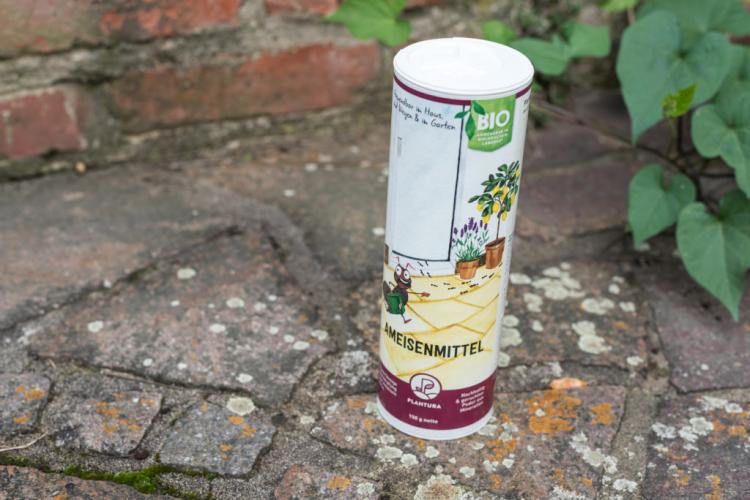
You might so like:
Neem Oil For Dogs, Cats, And Horses
Planting Lentils: Everything At The Right Time, Location And Cultivation
